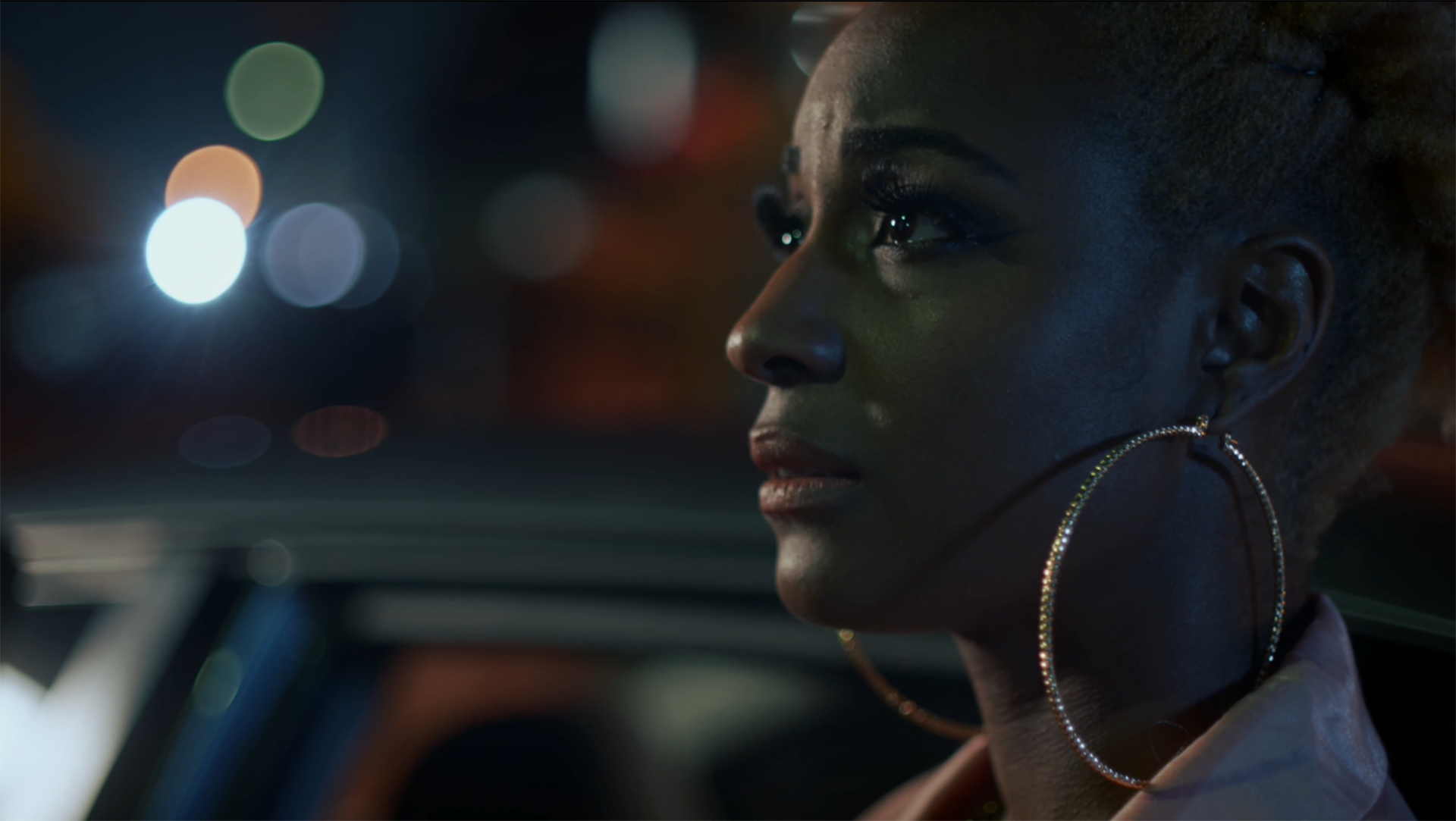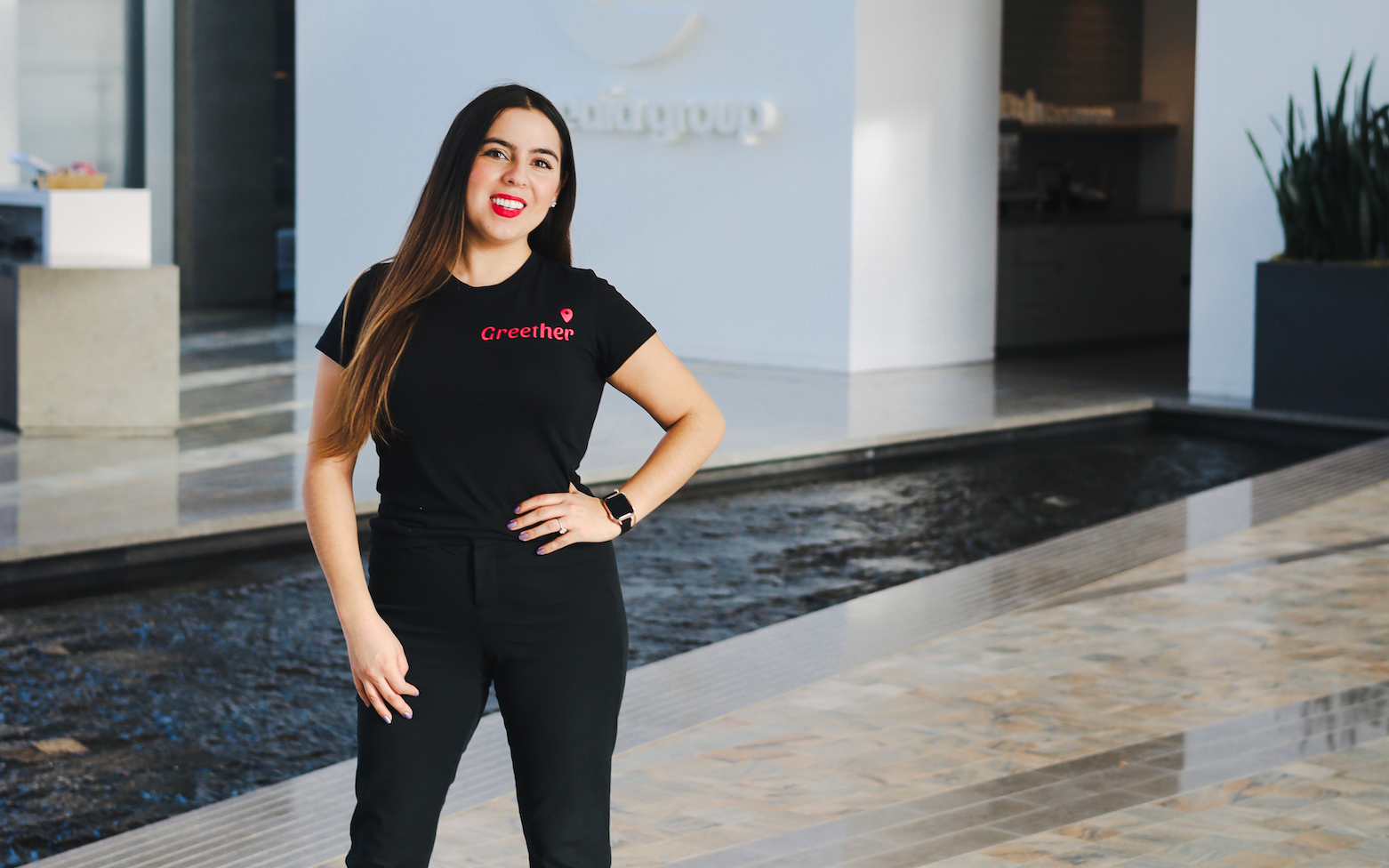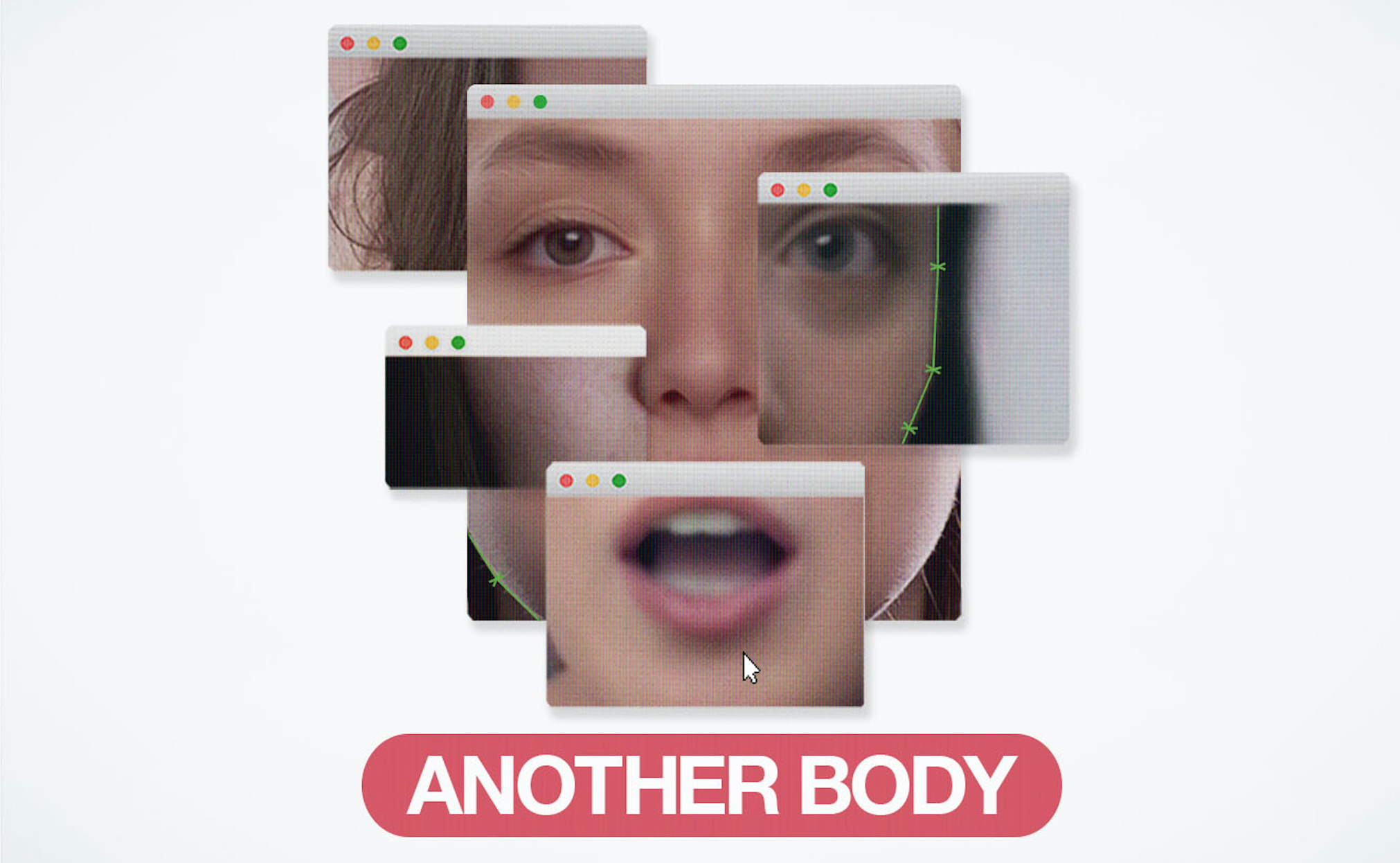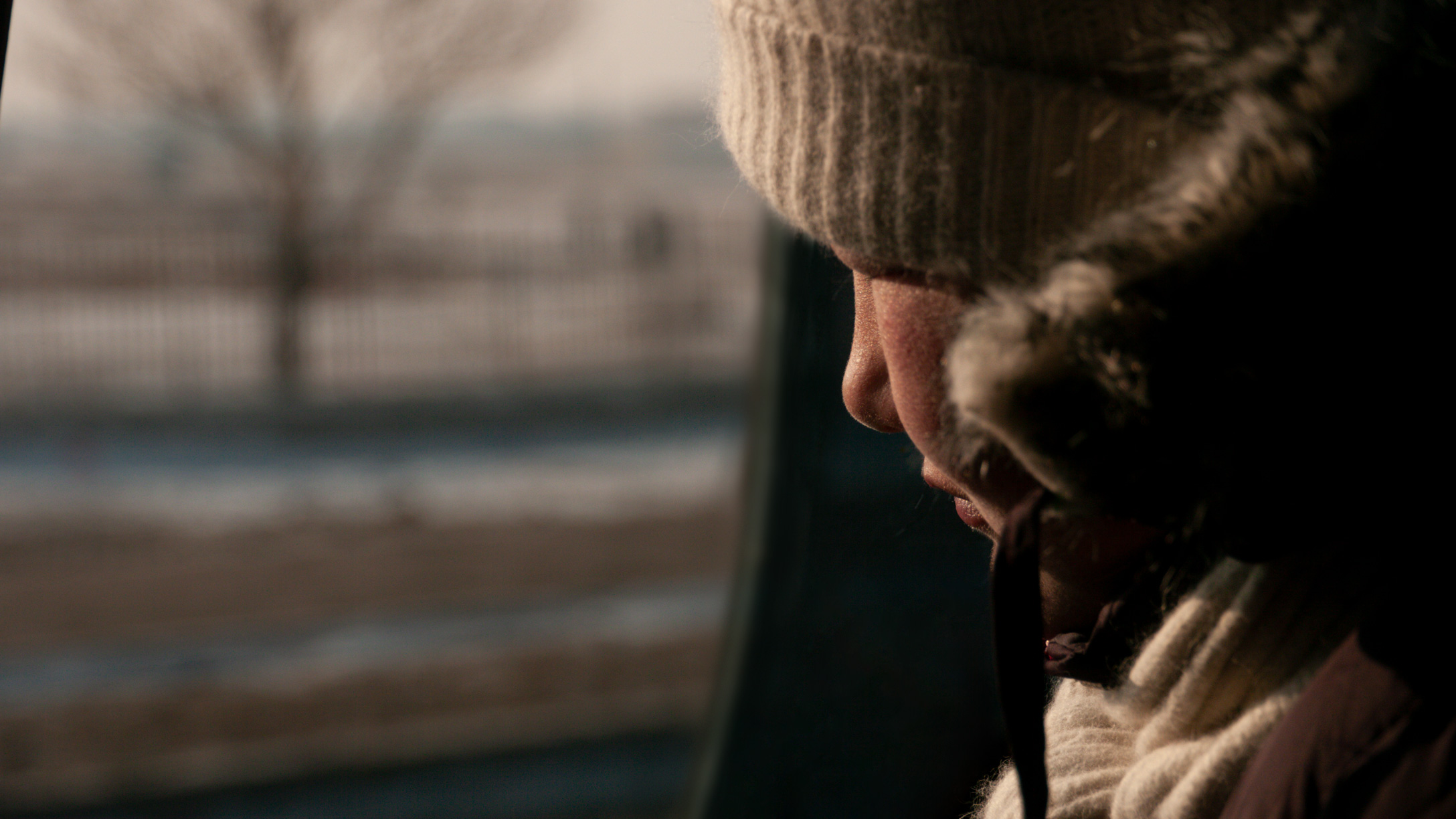
Whether it is the fact that less than 1% of rape cases lead to felony convictions, or that wrongful convictions make up 11.6 percent of sexual assault cases from pre-DNA testing era, the glaring flaws in the Justice system that have resulted in failure toward victims becomes increasingly evident. And we haven’t even mentioned that the large majority of rape cases never get reported in the first place, or that the cultural narrative that jumps to cast doubt on victims ensures the justice system gives deference to protecting rapists.
If the absurd cocktail of all the above facts is giving you a headache, you’re not alone. But this also is not the end of the story, as changes within the news and journalism world have opened up some fascinating ways for people to learn about important issues, in ways that can bring more attention where it is needed, or even change results.
More and more journalists are turning to the podcasting world in order to dive deeper into stories, especially those from decades gone, and allow more voices to be heard that may not have been when originally reported on. We’re all familiar with how the ‘Serial’ podcast shone a national spotlight on what was a local murder story from the late 90’s, which eventually became a major documentary series on HBO.
Who can forget the way ‘Dirty John’ had listeners hooked on the story of a con-man upending the lives of multiple women in Southern California, which began as an investigate news story in the LA Times and ended up as a scripted series on Netflix.
Some may disparage the way media attention has turned some of these real-life harrowing stories into forms of “entertainment”, but podcasts have become a powerful way of giving voice to victims where there has been no avenue previously, and even allow listeners to hear a whole new perspective on a case that was never uncovered before.
This is certainly the case of a new true-crime podcast series from Mopac Audio called ‘An Absurd Result’, which is currently rising on the charts. ‘An Absurd Result’ is the first hand account of the fallout after a Billings, Montana, home invasion and sexual assault. In 1987, a man broke into Linda Tokarski Glantz’s house through a bathroom window. There were seven people home during the attack, but the man left without being caught. The investigation led to a rushed conviction of 18-year old Jimmy Bromgard. After serving nearly 15 years in prison, Bromgard was exonerated through the Innocence Project. Twelve years after he walked out, a new sample in the criminal DNA database hit on the actual perpetrator. The podcast investigates the problems with prosecuting a man whose DNA explicitly places him in Linda’s bedroom during the assault.
Hosted by Jule Banville, a journalism professor at University of Montana, this series really underscores and highlights the aforementioned data around sexual assault and rape cases. It is and engaging story and one that you will want to binge-listen for sure. But what we are also fascinated by is the way a true crime series like this has a potential to really change perspectives in a way that perhaps a news story or media coverage cannot.
So we decided to do our own deep dive into ‘An Absurd Result’ with Jule herself, to learn how she put the series together, and how podcasting has become an important addition to the profession of journalism.
How did you first come across the story of Linda Glantz and decide to make an investigative podcast series about her ordeal?
Linda reached out to me in 2015. That was almost 30 years after she was sexually assaulted by a man who broke into her house in 1987 when she was 8. Quite a few twists had happened, including a wrongful conviction. That was huge news in Montana because it was the first post-conviction DNA exoneration here. More recently, a prosecutor had come to her house to tell her about a development in her case, a new match to that DNA. After hearing this, she got pretty frustrated with a lack of action and decided she wanted to talk to a journalist.
Her sister, Michelle, has a good friend who recommended me. We talked for almost three hours that first day. A lot of what she said about the rape is in the first episode. After our talk, I put Linda in touch with a newspaper journalist who could turn around a faster story that might pressure prosecutors. Linda and I stayed in touch.
I knew I had a responsibility to tell her story in a more complete way and when I offered to do that by taking a sabbatical from teaching journalism and produce this narrative podcast, she said it was the first thing to go right in her case. And considering what happened to her, that was crushing. And also amazing, because she is all in and it’s honestly an honor to do this work with her.
Why did she decide to start talking about her story now, after all these years?
When a rape survivor comes forward, as Linda did with her name and picture in a newspaper and, eventually, as the voice of this podcast, that’s a huge leap. Linda decided she didn’t want to be an anonymous victim and, for her, that has helped her navigate just an extreme lack of justice in this case. She took control, which is not in her nature, but I think she’s learned incredible things about herself and we, as listeners, get to witness that. I think it’s awesome.
There is an increased knowledge among Americans regarding the flaws in our criminal justice system, especially after DNA evidence started being used. How do you hope your series will be part of shedding light on the need for reform?
Great question. I’m a journalist and not an activist, but I think one way to make a difference is: More journalists need to do more stories about both sexual assault and the role of DNA. Several very high-profile cold-case murders are solved because of the DNA resulting from sexual assault. The Golden State Killer was one of those. But in most states, there’s a clock on sexual assault — the statute of limitations — that doesn’t exist for murder. It’s there because with rape cases, the idea is that memories are not reliable.
Honestly, there’s a stigma defining accusers as not reliable. Here, we had genetic material left by a rapist in a little girl’s bedroom. It’s a DNA sample that can point to only one person within the entire population of the Earth, in fact many times over the entire population of the Earth. And because of the complicated intersection of state laws here, he could not be tried. There was no clock on how long that evidence could be used to free someone wrongly accused when he didn’t match the DNA. But the clock on the statute of limitation clicked down while the wrong man was in prison.
And it didn’t start over once the state recognized its mistake. That meant time on this case had already run out. States are changing, dropping and expanding their statutes of limitation. That’s a start. But in states that opt to keep the limitations clock and not start it over after an exoneration — no one is talking about that or addressing it because it affects such a small number of cases. But look what happened here?
This story is called “An Absurd Result” for a reason. Storytelling podcast series have been on the rise, with many putting a more engaging and unique angle on what might have otherwise been regular news media stories.
How do you see the medium changing the profession of journalism?
I love this way of telling people’s stories. It gives journalists more time to roll out the nuance and deepen our understanding of how “news events” actually affect human beings. I teach audio journalism and feature writing to students and always get to some point in the semester where I say: People are not one way.
Podcast journalism is often really good at revealing that truth. It doesn’t have the rigidity of, say, NPR. I think more people who want to do this kind of storytelling — a lot of great magazine writers, for example — they’re moving to narrative podcasts. I see that continuing. My hope is that people listen to and want more narrative podcasts by journalists and will maybe seek them out over chattier murder-as-entertainment shows that essentially take other journalists’ work as their spine-tingling “stories.”
What has your process been throughout the recording of the series, in terms of gathering the facts, conducting interviews, and putting it all together in each episode?
I was so solo on this during the reporting! It was me and a recorder and a boom pole and a mic driving all over, mostly in Montana, conducting interviews and piecing together the story. It was also pre-vaccine pandemic time, so that had its own challenges. I understood it was so important to go in person and talk to people and I’m grateful I had that chance (and a good mask).
I had to do A LOT of pitching along the way, and with podcasts, you do need to have great tape in order to pitch. You need to have that buttoned up. It’s a tough industry. When I finally found a willing partner in Mopac Audio, that was amazing. It was finally a team of people caring about this story I’d been living with pretty intensely for a year. They are clutch in producing the episodes. I work the tape cuts and I’m in the booth, but I have editing and production help now.
As a journalism professor, are you using “An Absurd Result” as part of your curriculum? And what has been the response from your students?
What I use in classes is what I learned and it’s all pretty fresh this semester. My feature writing students learn how to report hard stories, the fallout from terrible news, basically. Well, I just did that! And I think they appreciate that I’m not just talking about it. For a lot of my career, I’ve been an editor. So now I know that being a reporter is so much more fun and exciting. It’s the secret I forgot I knew. I hope I convey that to them better now.
Another professor made her students listen to my story and then I guest taught her class. They had SO MANY great questions. I haven’t made my students listen to it, though some of them are. It feels… weird? I don’t know. I’m still processing this one!
We’ve seen an attack on journalism over the past few years, especially under the Trump administration. How can journalists and scholars like you pushback on the “fake news” rhetoric that has divided the country?
It’s noise. I think the core of doing important stories that take their time, that help us relate to each other, that didn’t go away and it’s still happening. It sucks that so many news organizations, especially local newspapers, have decimated their staff. A lot of that comes from backward ways owners and consumers pay for news. And for sure, it’s affected by a lack of value placed by our culture at large on professional journalists’ work.
One way to push back is to find ways to tell important stories where people will pay attention. High-quality reported narrative podcasting is one of those, because people are listening on that platform. Journalists have to adapt to audience consumption while keeping intact our foundation values of responsible, ethical storytelling. And we are!
After “An Absurd Result” wraps up, what other cases or stories are you thinking of putting to tape?
I’m percolating with another producer on a new project that involves obituaries, which I love! So, so much. I’ve taught students for years how to write reported obits and love the tradition of journalists and non-journalists engaged in how to define a life after it’s over. I think it has real possibilities for audio…
You can catch up on all released episodes of ‘An Absurd Result’ by clicking and subscribing HERE. The finale is out November 24.

















